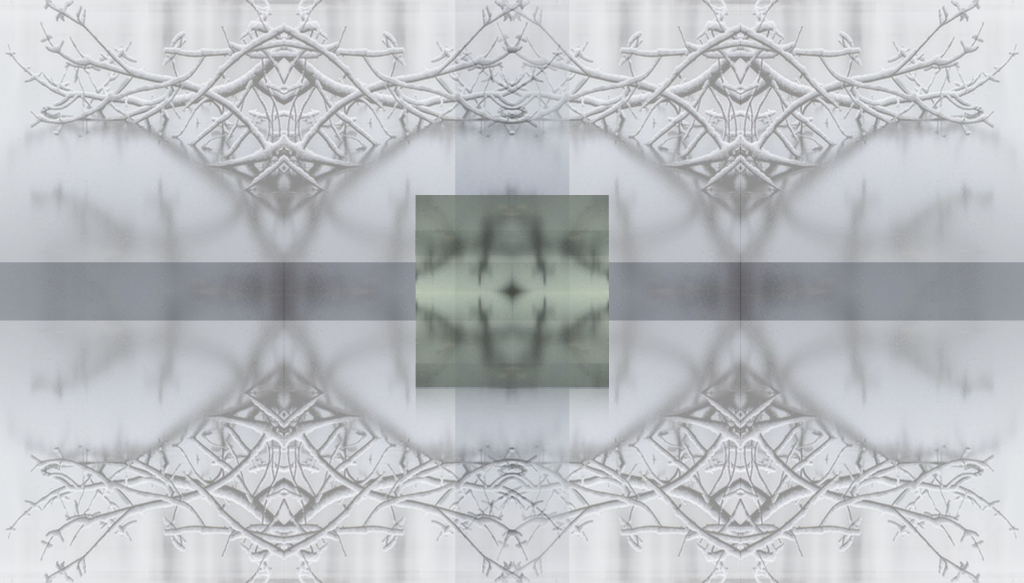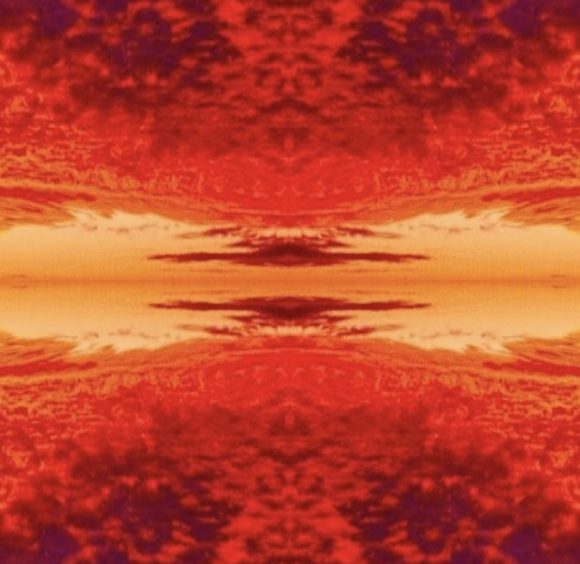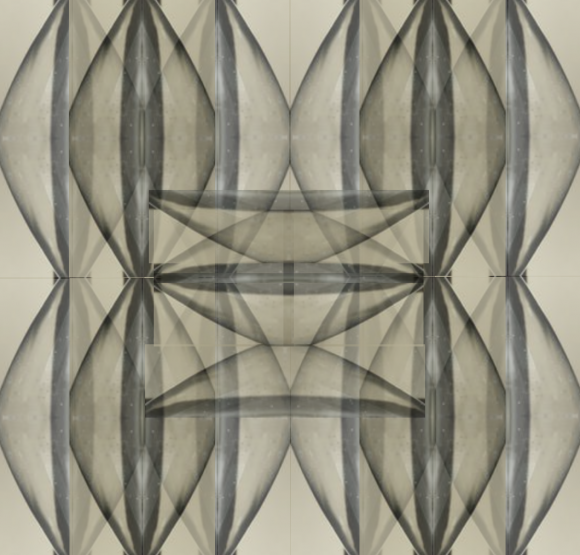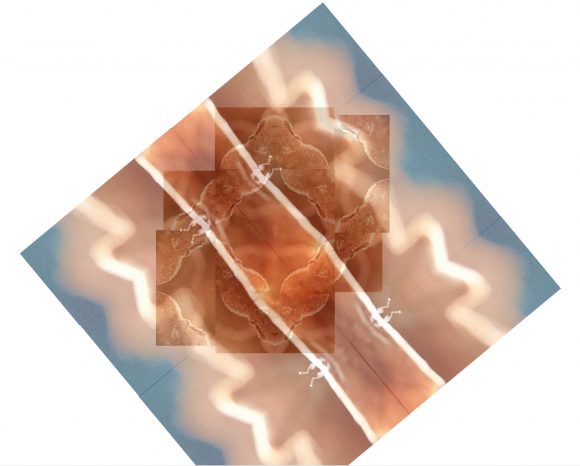[Note: This post has been superseded by an updated and more integrated article.]
When reading a book that uses poetic language, we might stumble from time to time over a sentence: though inconspicuous at first, still something about the metaphor seems not quite right. And closer inspection can then reveal a surprisingly deep idea behind a simple choice of phrase.
Here is an instance:
Looking up from the lectern from time to time he saw the looming faces of his staff and fellow secretaries in the shadowy gloom of the ballroom as they followed his voice; faces gleaming white and sunless—he had a sudden image of them all floating belly upwards in a snowy lake, like bodies of trapped frogs gleaming upwards through the mirror of ice.
Lawrence Durrell, The Alexandria Quartet [Mountolive], 445.
1. How can the ice be a ‘mirror’ here?

In everyday experience, an icy water surface can indeed seem to be a mirror (if sufficiently smooth and pure). When someone walks across such a surface, looking down, they might see the reflections of their face and of the features of the world above the surface. But then the onlooker cannot see what is below the mirror, in the water under the ice — which in this case would be the belly-up frogs. If, on the other hand (somewhat weirdly) the mirror was meant from the point of view of the frogs, below the ice, they would see their own underwater world reflected. But of course they would not see themselves as ‘gleaming upwards’ then, but as gleaming downwards (in the reflection). And since the light must be coming from above (otherwise the bellies would not gleam if directed upwards), it is doubtful that, seen from below, the surface would have the same mirror effect which it has when viewed from above.
Either way, talk of seeing something ‘through’ a mirror is somewhat strange, for that is exactly what is normally not possible with a mirror. We cannot see ‘through’ a mirror, i.e. see what is behind the reflecting surface, because the mirror reflects what is before it. Mirrors, typically, are opaque.
That, of course, is why we ‘stumble’ over this metaphor.
Durrell’s image, therefore, must be more refined: he wants us to think of a surface both acting as a mirror and allowing us to gaze through: a surface on which we can see an overlay of a reflection and what is behind the mirror. Although that is not the most common phenomenon that comes to mind when we think of a mirroring surface, it is still a common experience. Many glass surfaces (such as shopping windows) can, given favorable lighting conditions, be both reflecting and transparent. It is this experience which Durrell probably had in mind. We are to think of a smooth, icy surface, then, which is reflective (and thus a ‘mirror’) but at the same time somewhat transparent, so that we might see the gleaming white frogs/faces as well.
2. But why choose ‘mirror’ here at all? What the paragraph, primarily, is intended to express (apart from the inhuman cold and colorlessness of the atmosphere in the lecture hall) is a sense of the somewhat detached position from which an outside onlooker perceives others as ‘trapped’. The protagonist, who gives the lecture, and who has the image in the quote, does not visualize himself as in the same space as the frogs/faces: he visualizes himself as an onlooker, separated from them, as behind the surface.
Suppose Durrell had instead written ‘through the sheet of ice’. This would have equally conveyed the sense of a surface behind which the trapped frogs might be seen. Why does it also have to be a mirror?
I think the use of mirrors here adds an element of self-consciousness. It is not the transparent perception of an onlooker who just notices the image of the frogs. An onlooker who sees it in a mirror also perceives a bit of himself, is aware of himself or at least of the act of perception. We’re never quite free of our own self-awareness in such situations, and that is what Durrell captures here by the use of the mirror imagery. (This of course subtly applies to both the imaginary onlooker who sees the frogs and David Mountolive himself, who is giving the lecture and at the same time having the image.)




[…] want to compare them, you have to be aware of both sides.) The mirror appears in the text to subtly symbolize this requirement of self-awareness as a component of other-awareness. (We have seen it in this function […]
[…] have already seen two roles that mirrors play in Durrell’s Alexandria Quartet: they indicate a certain self-awareness (a ‘reflectiveness’, we might say with a somewhat tired pun) in a character, and they expose a […]
[…] of the mind. In this case, however, it is not the subject’s own awareness (i.e.: it is not reflective self-awareness). The minds are the minds of other people, this […]
[…] such as graying hair, it’s typically occasioned in front of the mirror. (We have already seen mirrors as providers of self-awareness in other works of fiction, […]